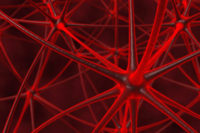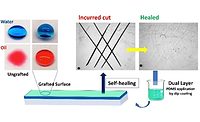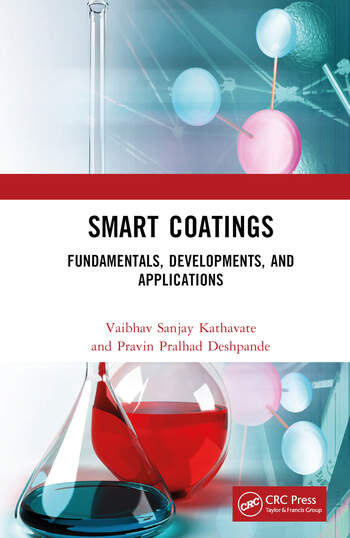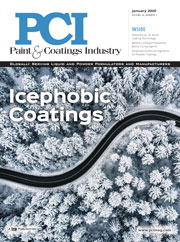Scientists at Cornell Are Unraveling Titanium Dioxide’s Self-Cleaning Ability

ITHICA, NY — Titanium dioxide is one of several minerals that are self-cleaning; they use energy from the sun to convert any “schmutz” that lands on their surface to a harmless gas, which then floats away.
These minerals have been used as a coating in everything from building tiles to automotive mirrors, but the nature of their self-cleaning abilities is unclear. When the surfaces are examined in a vacuum, scientists see individual titanium atoms as expected, but when the surfaces are examined in air or solution, an unknown molecule appears to selectively attach to every other metal atom on the surface, creating a near-perfect, single-molecule-thick layer. But what are these molecules, and why don’t they bind to every metal atom?
An international collaboration between the labs of Melissa Hines, Professor of Chemistry and Chemical Biology at Cornell, and Ulrike Diebold, Professor of Surface Science at the Technical University of Vienna, Austria, has come to the surprising conclusion that these self-cleaning surfaces are covered by one of the oldest known cleaning agents: simple vinegar.
“We think what’s going on is, this layer of molecules is helping the titanium dioxide react,” said Hines, whose paper, “High Affinity Adsorption Leads to Molecularly Ordered Interfaces on TiO2 in Air and Solution,” was published Aug. 23 in Science. Hines is a senior author, and William J.I. DeBenedetti, doctoral student in chemistry and a member of the Hines Lab, also contributed.
Using a combination of techniques, the researchers showed that when titanium dioxide is exposed to air, the surface becomes covered with a single-molecule-thick layer of two organic acids: acetic acid (vinegar) and its close relative, formic acid. Both are naturally occurring byproducts of tree and shrub growth, and are present in air in parts-per-billion concentrations, in both urban and rural environments.
To confirm the findings, experimentation was done in both rural Ithaca and urban Vienna. “It was crucial that we do the experiment in more than one place,” said Hines, who conducted research in Vienna while on sabbatical. “If we had just done it in Vienna, everyone would say, ‘For some reason, your building is full of vinegar.’”
The selective attachment of these molecules to self-cleaning surfaces is due to a quirk of their structure. The molecules feature bidentate – literally, “two teeth” – binding, which allows them to hold tight to surfaces at higher temperatures than other molecules, such as alcohols, which have only monodentate binding.
This bidentate binding causes each molecule to bind to two titanium atoms. Since there is one molecule for every two titanium atoms, previous researchers thought the molecules were bound to only half of the titanium atoms.
This chemical understanding may help explain the self-cleaning properties of titanium dioxide. The acid molecules give the surface a “split personality.” On a clear day, the acid molecules will spontaneously assemble into a hydrophobic waxy coating on the surface that will repel many types of molecules. On rainy days, however, the acids will rapidly rinse away, exposing a hydrophilic surface that is crucial for the sheeting action that rinses away dust and other particles.
In spite of this new understanding, many mysteries still remain with this material, and researchers at Cornell are currently investigating the role of sunlight in the self-cleaning process.
“Somehow these molecules on the surface are helping with this really interesting chemistry, the self-cleaning and oxidizing properties,” Hines said. “And we’re just beginning to understand what’s going on there.”
Other contributors to the research came from the Brno University of Technology, in the Czech Republic. Support for this work came from the National Science Foundation, the U.S. Department of Energy’s National Energy Research Scientific Computing Center, the Austrian Science Fund, and the European Research Council.
Looking for a reprint of this article?
From high-res PDFs to custom plaques, order your copy today!








